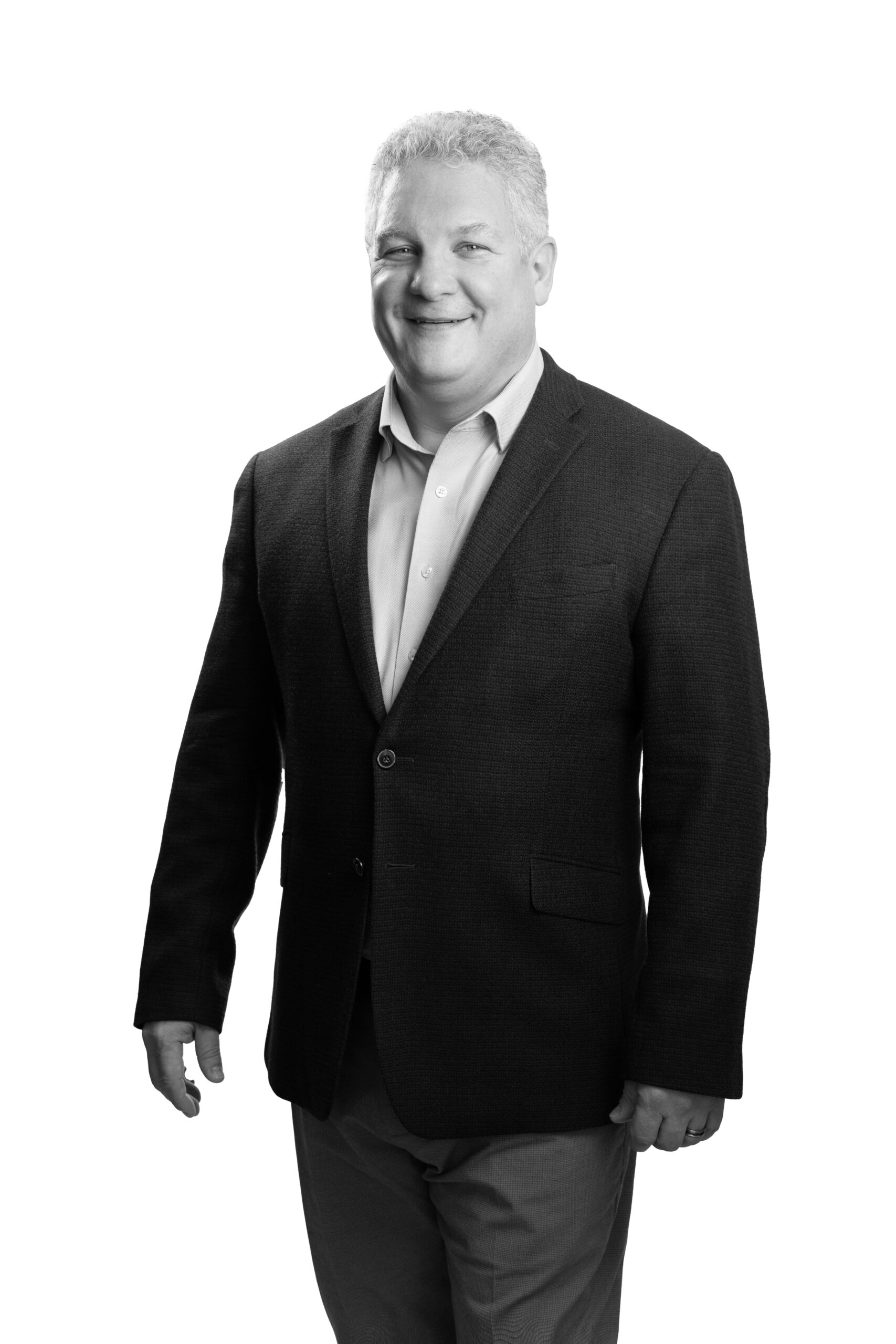
Leverage Your LinkedIn Profile to Attract B2B Customers

67% of the B2B buyer’s journey is done digitally according to Sirius Decisions. That means that your prospects and clients are doing the same thing that we all do before making a major decision – they google the topic and search for reviews and references. But unlike buying a car or a house, there aren’t a ton of published third party reviews on B2B SaaS solutions. So, where are these buyers going for their research? Many buyers are turning to social media to get educated on the various providers and how their solutions can address their needs.
According to Kim Garst, CEO of Boom!Social, in order to connect with these buyers in a meaningful way on social media, we need to “focus on identifying your target audience, communicate in an authentic message that they want and need and project yourself as an “expert” in your niche.” In this article, we'll outline how you can leverage social media to reach more high value prospects and establish yourself as the expert that buyers turn to for help.
Let's start by building your brand on LinkedIn. Many people have LinkedIn profiles, but often they’re not much more than an online version of their resume – a list of jobs and accomplishments with measurable results. In order to leverage social media to drive sales activity, we need to change our approach and build out our brand.
The first step in the process is to identify your audience – the decision makers and influencers for your solution set. Who within the Ideal Customer Profile do you need to connect with to penetrate that prospect? Once you’ve identified the type of person you want to connect with, identify a few people who are in those roles and take a look at their Linkedin pages. Who are they following or engaging with? Are there any thought leaders in the space that you should follow as well? What are the issues that they are trying to address and how can our solutions help them address these issues? Answering these questions will make the messaging and structuring of your profile and your online voice easier.
The next step is to build an incredible LinkedIn profile. That seems like a daunting process, but if you’ve answered the questions above and if you’ve got a decent resume, it will just take a little time and effort.
Picture: Put a Face to the Name
Did you know that profiles that include pictures get 21 times more views and 36 times more messages? So let’s get that picture posted. our picture should be a professional looking photo, not a cropped wedding or party photo. Instead, try to use a photo that’s modern and professional. (Note: It doesn’t have to be a professionally done headshot – just look professional)
Headline: What's Your Personal Slogan?
This is the first thing that someone coming across your profile reads.To create a fantastic headline, follow the same rules as building your overall brand. Focus on what your customer is looking for and what you can do for them, but keep it brief.
Here are some examples from other industries:
- “Enterprise software executive | Helping retailers find better performance, productivity and profitability”
- “Helping large organizations understand and maximize their potential within their Human Capital.”
Summary: Build a Story That Sells
This is where you have some more room to write about how you can impact your customers. You should still keep this to just a few, high impact paragraphs. Let your personality shine through in this section; be engaging and direct but don’t feel the need to be overly stuffy. There are several ways that you can approach the summary, but here's a great template for Sales leaders.
Background Banner Image: Visual Identity
This is the second visual element that appears on your page and it sits at the very top of your profile. Done correctly, it can grab attention, highlight what’s important to you, and create a lasting memory If you’re primarily working with companies in a certain city, then put the skyline of that city as your background. Find something that fits you but that still ties to what you do and is professional. Better still – if there’s a corporate brand standard, have marketing create a banner using that; then all of your sales reps will have that same professional banner.
Work Experience: This Isn't Your Resume
Most people treat this as an online resume where they list out the various roles that they have and the specific activities that they did in those roles. While that may help someone land a job, it’s not an effective way to drive sales through social media. Think about it from the perspective of a customer; they don’t want to know what you did for your employer. They want to know what you did to impact companies like them. Of course you want to showcase your sales performance and any awards that you’ve won, but more importantly, you’ll want to show how you’re an expert in the industry and how you’ve helped customers address key issues. Show off those qualifications while telling a story of how you’ve achieved success for yourself and your clients.
Two other tips for the work experience section:
- Make sure that your titles are understandable to anyone who might look at your profile. For example - Sales Executive vs SE Level 2.
- There should be more content in your more recent jobs than in your older roles - just like in a resume. If you have held more than 5 roles, just highlight the 5 most recent with details and minimize the content for the rest.
Education & Interests: An Opportunity to Make a Connection
One of the strongest bonds that people have is with their Alma Mater; you’ll be surprised how many contacts you’ll reach just by having a connection with their school or perhaps with a rival school. The same thing applies to any charities, trade groups or other groups that you’re involved with.
Skills & Endorsements: Validation for Your Customers
This is the area where you can highlight your capabilities and let your network comment on them. You can start by selecting from a long list of skills that LinkedIn includes or you can write in your own. Be careful selecting what you include — just because you use Salesforce.com to enter opportunities doesn’t make you an expert on CRM or Salesforce; you don’t want to get called out on it from a client or prospect. Once you’ve selected a few, people in your network will be prompted to endorse you (and you them). Be selective in what you endorse people for since you’re basically vouching for their skill sets. The endorsements further strengthen your position as an expert in the industry.
Groups: Source Leads
The final thing that you need to do to strengthen your profile is to follow some companies and join some groups. For those in Sales, I’d suggest you start by following some of the key prospects and clients that you’re working with. For Client Services, pick the top 10 companies you support and follow them. Then look into groups that are meaningful for your industry; you’ll do both of these things by searching at the top of the page by the name or keyword and then either following companies or people or joining groups.
Take the Next Step
Now that you've created a LinkedIn profile that will attract your ideal customer, read our next blog post to learn how to connect with the right individuals and groups to win the sale.
Win the Sale












